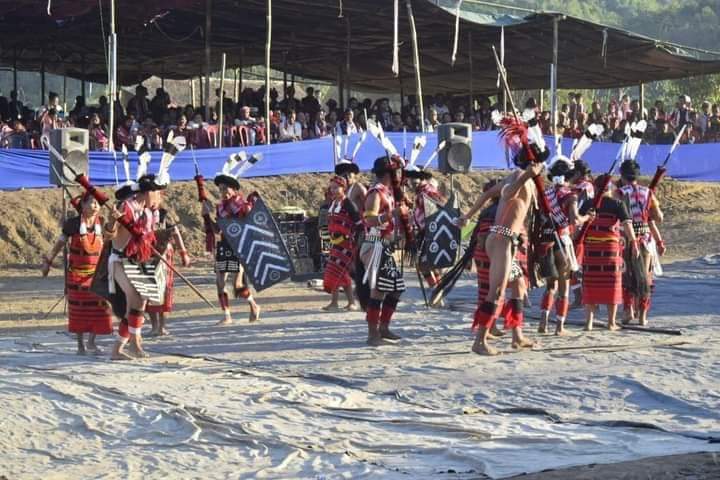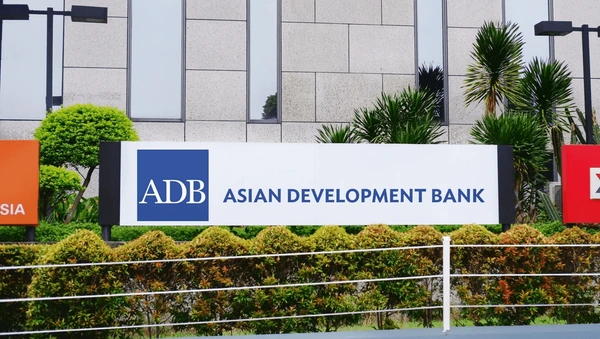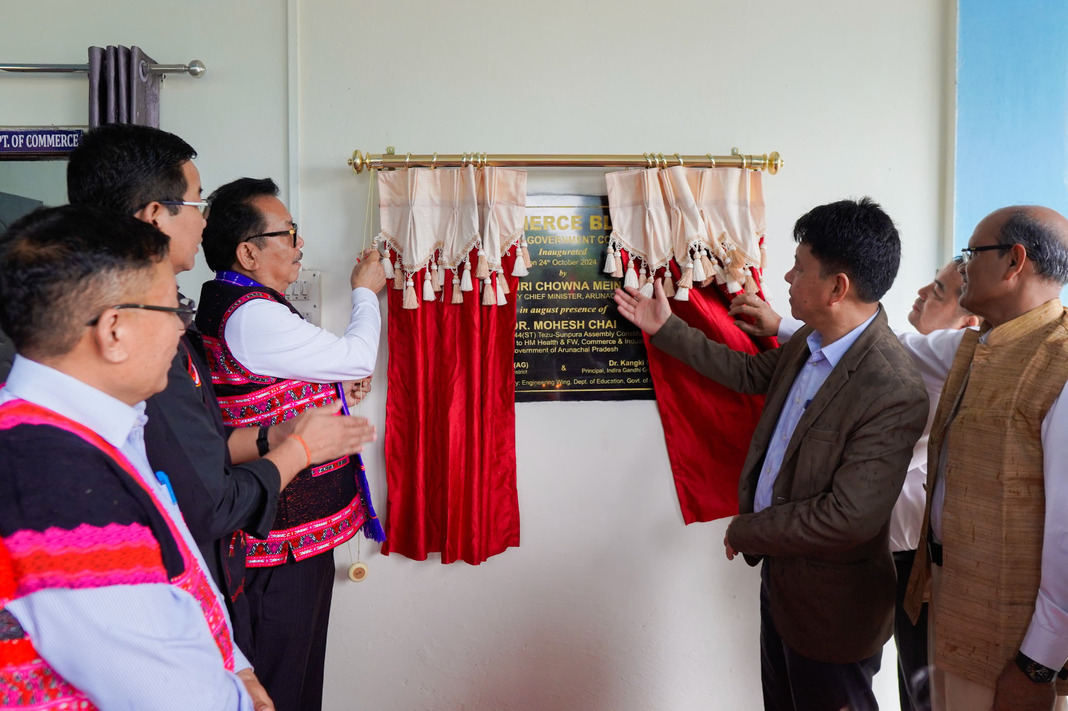Guwahati, Oct 24: The proposed fifth tiger reserve in Karbi Anglong district is raising concerns due to the potential displacement of around 4,000 tribals, including Rengma Naga and Karbi families.
This was alleged by Sompha Wangshu, president of the All Assam Naga Welfare Society (AANWS), on Thursday.
The proposal aims to provide refuge for tigers migrating from Kaziranga National Park and Tiger Reserve during the flood season, as Karbi Anglong currently lacks a designated tiger reserve. The new reserve would encompass the North Karbi Anglong Wildlife Sanctuary, East Karbi Anglong Wildlife Sanctuary, and the Kaliani Reserve Forest, covering a total area of 502 sq km.
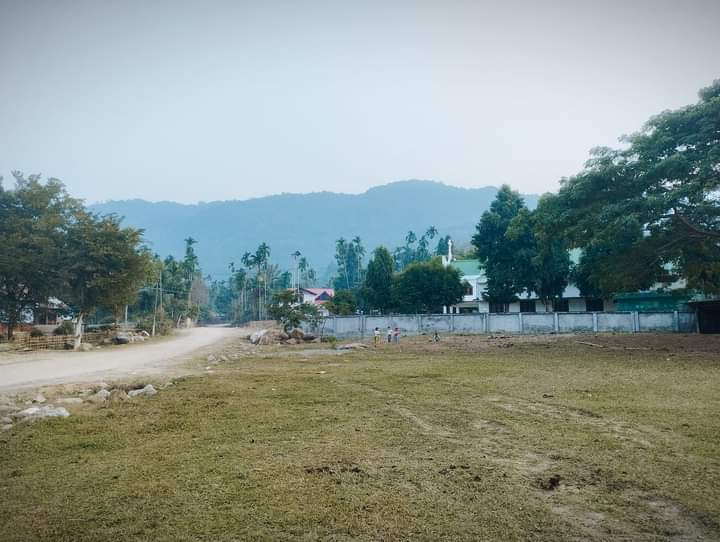
The North Karbi Anglong Wildlife Sanctuary plays a critical role as a highland shelter for wildlife fleeing Kaziranga during floods. East Karbi Anglong Wildlife Sanctuary, with its high potential for tiger migration from Kaziranga, is a key area in the proposal. The Kaliani Reserve Forest, part of the reserve, connects with East Karbi Anglong WLS and is contiguous with other protected regions, including Langlokso PRF, Kalapahar PRF, Naambor WLS, Garampani WLS, and Nambor-Doigrong WLS in Golaghat.
Sonali Ghosh, field director of Kaziranga National Park and Tiger Reserve, confirmed that the proposal to establish a new tiger reserve in Karbi Anglong will be presented at the upcoming Assam State Wildlife Board meeting.
Ghosh spearheaded the initiative, which aims to create a designated space for tigers migrating from Kaziranga during flood seasons.
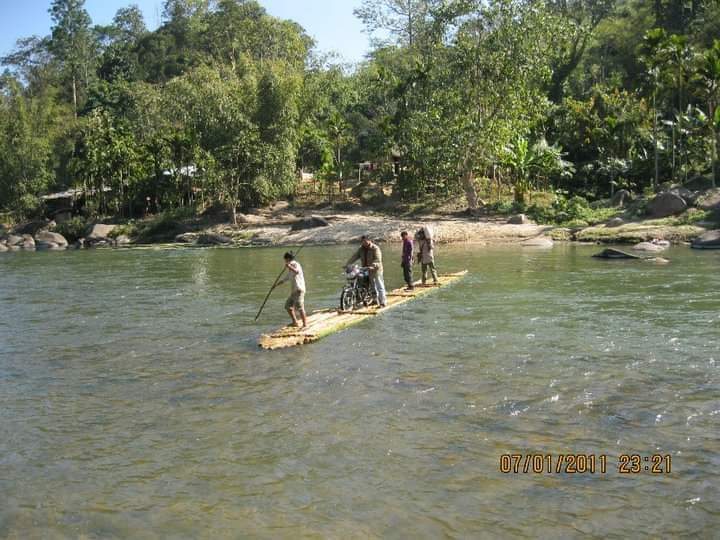
However, the proposal has faced opposition from local tribal communities. AANWS president Sompha Wangshu voiced concerns about the potential displacement of Rengma Naga families, whose hills were established in 1841, and highlighted the community’s longstanding connection to the land.
Wangshu stressed the importance of protecting the Rengma Naga people’s livelihoods, culture, identity, and land rights, opposing any eviction without proper rehabilitation.
He also condemned land encroachment in tribal areas under the guise of conservation projects and the failure to recognize forest villages where Rengma Naga people have lived for generations.
Chenobu Seb, media and publicity secretary of the Rengma Naga People’s Council (RNPC), echoed these concerns, stating that the proposed tiger reserve could displace approximately 4,000 individuals from 19 Rengma Naga and 10 Karbi villages, severely impacting their lives if the project moves forward.
Chenobu explained that the Rengma Hills tract, which once belonged to the Rengma Naga community, has been divided into several districts, including the Rengma Reserve Forest in Golaghat, Kaliani Reserve Forest, Nilip Block, Nambor Reserve Forest, and Rengma Tea Estate. These divisions have significantly affected the Rengma Naga community’s access to their traditional lands.
Chenobu traced the origins of Rengma Hills back to April 18, 1841, when it was established through political proceedings numbered 79 and 80. Further divisions occurred in 1861 when East Rengma Mauza and West Rengma Mauza were created via revenue proceedings Nos. 116 to 118. The Rengma Naga Mauza was established in 1906, marking another step in the legal recognition of their land rights.
He cited historical records from JP Mills and John Butler to emphasize the longstanding presence of the Rengma Naga community in the region. According to Butler’s 1848 book Travels and Adventures in the Province of Assam, 32 Rengma villages paid Rs 459 in household tax from 689 houses under colonial rule 52 villages (page 122), demonstrating their organized community structure and contributions to the colonial administration.
Chenobu used this historical context to reinforce the need for protecting the Rengma Naga people’s rights as discussions continue regarding the proposed tiger reserve, which threatens to displace many of their villages.
Chenobu also expressed concerns about the continuous marginalization of the Rengma Naga community, stating that since 1984, a significant portion of the Rengma population has suffered due to displacement, political marginalization, and the division of their ancestral lands into various administrative and political units. He emphasized that the Rengma Nagas, who have their own unique dialect and traditions, are now in a vulnerable state.
He pointed out that the Rengma Naga ancestral land, primarily around Keyhang Rincho (Kalapahar), the proposed reserve forest, and Kaliani Reserve Forest, is the last remaining area for the community’s habitation and agricultural activities. He stressed the importance of this land for the Rengma people’s livelihood, as it is essential for their agricultural practices.
In 2012, the proposal for the tiger reserve was met with strong opposition from all tribal groups of Nilip Block, leading to the formation of a Rengma Naga insurgent group, which aimed to protect their land.
“We do not oppose the creation of a tiger reserve. But villages have to be excluded from the reserve’s boundaries. Agriculture is our primary means of survival, and losing this land would severely impact our livelihood,” Chenobu added.

